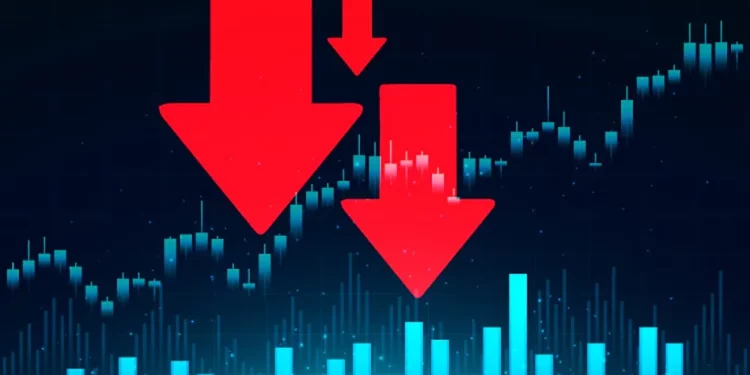At the beginning of the week, global markets were hit by a wave of rapid liquidation, affecting everything from stock exchanges to the cryptocurrency sector. Just a few days later, the financial world was forced to confront the profound impact of ‘Carry Trades’ on the global economy. The Bank of Japan played a central role in the ensuing turmoil. Let’s delve into what unfolded during this eventful week.
For years, the Bank of Japan had kept interest rates at or near zero, aiming to boost spending and stimulate economic growth. However, last week marked a significant departure from this long-standing policy. In a bid to strengthen its currency, the Japanese government decided to raise interest rates for the first time since 2008. This move came after extensive efforts, including the sale of assets and a USD 62 bn intervention to support the Yen, which ultimately proved ineffective. The Yen’s value, which had been declining despite the central bank’s actions, rallied sharply against the US dollar following the rate hike.
This unexpected surge in the Yen took investors by surprise. Traders, who had been engaged in carry trades—borrowing in low-interest-rate currencies like the Yen and investing in higher-yielding assets abroad—were caught off guard. These carry trades had been profitable due to the Yen’s prolonged weakness against the dollar. For example, traders would borrow in Japan at 0.8% and invest in US markets, such as the S&P 500 or Nvidia, to profit from the difference in returns.
Successful carry trades rely on two main factors: low volatility and precise timing. Traders must exit their positions before a surge in volatility causes a wave of short covering that could disrupt their trades. The recent rate hike in Japan led to a sudden increase in borrowing costs, forcing traders to sell off higher-risk, dollar-denominated assets to cover their positions. As asset prices fell and the Yen appreciated, the market was flooded with panic selling.
Japan’s unexpected rate increase has sparked a critical debate: was it the right move? While the intervention was deemed necessary to address the prevailing economic conditions, Japan now faces the challenge of balancing its actions. With a debt-to-GDP ratio of 263.0%, the country must allocate approximately 13.0% of its GDP to service its debt interest. The unfolding developments will be closely watched as Japan navigates these complex financial waters.
As we look ahead, the financial landscape promises to be full of intriguing developments. The weeks to come will reveal how Japan manages its fiscal policies and how global markets adjust to these new dynamics.


















